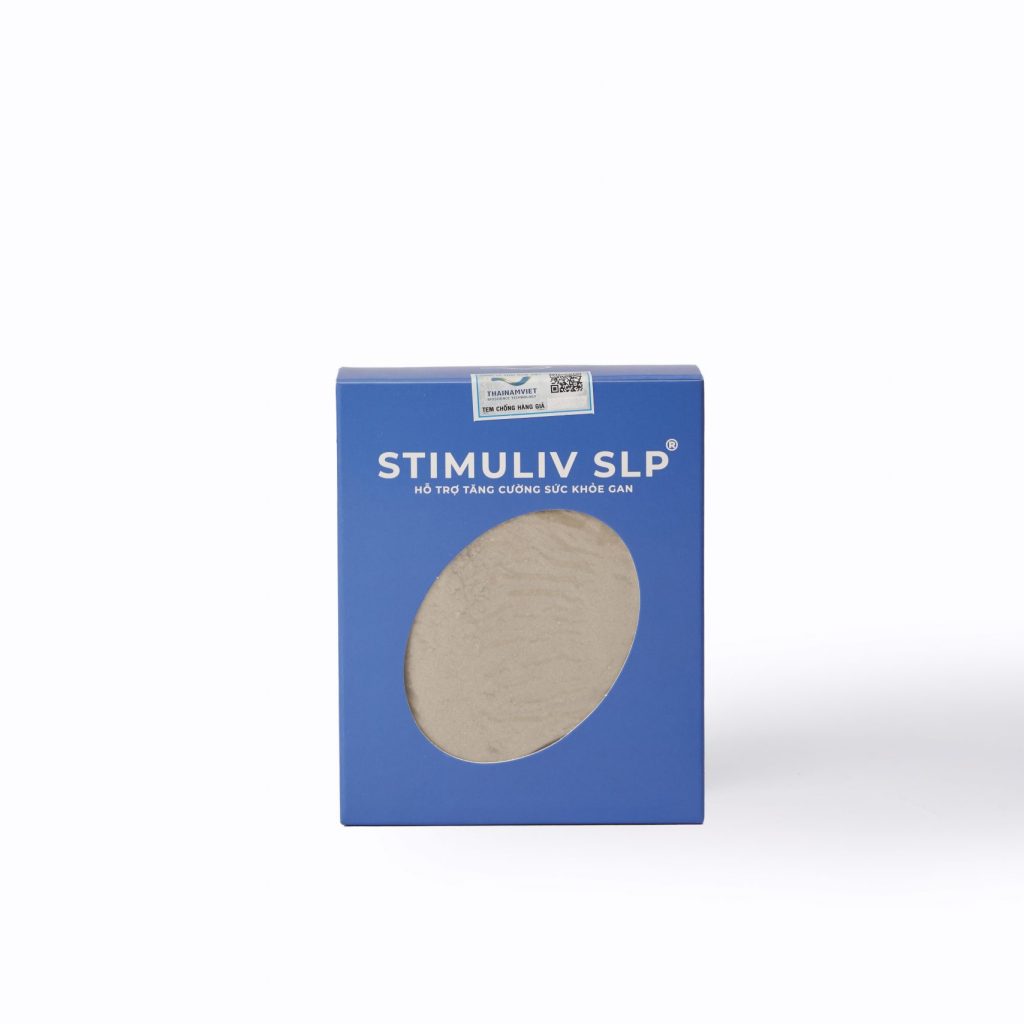SHRIMP HEPATOPANCREAS PROTECTION – THE KEY TO SUCCESS
For shrimp farmers, besides observing shrimp-catching activities and watercolor, protecting the hepatopancreas in terms of morphology and color is one of the most important factors for a successful crop. Because the hepatopancreas has the most important role in the shrimp body, when its function is impaired, the immune system reduces the risk of harmful organisms (infections, viruses, parasites, and molds) invading the hepatopancreas, which is very large and affects the whole body, making shrimp grow slowly and lose a lot.
The function of the hepatopancreas in shrimp.
- Digestive function and absorption of nutrients
- Storage function: store lipid granules, glycogen, nutrients, and minerals
- Detoxification and anti-stress when facing adverse conditions
- Hematopoietic and immune support
- The function affects the excretory process of shrimp, molting time, growth, and reproductive maturity of shrimp.
A healthy shrimp has a full and even hepatopancreas; has a beautiful fawn or dark brown color; when squeezed, the liver fluid is yellow-brown, thickened, not flowing, and not hard; and you can clearly see the rice grain-shaped stomach with a clear black and dark brown color.
Infected shrimp hepatopancreas is usually red, yellow, pale to white, or black. Liver disease is when the hepatopancreas shrinks and becomes black and hard or tough like rubber; empty shrimp intestines lead to scattered deaths; the liver with mild necrosis is yellow; the liver is soft; the liver is slightly swollen to acute necrosis; the liver is pale to white; the liver mass is atrophied; the shrimp’s intestines are empty without food or broken; shrimp are usually soft shelled; a high mortality rate usually occurs from 10 days old shrimp.
What are the causes of hepatopancreas damage?
- This organ has the function of eliminating toxins in the body, so when the liver is sick, the hepatopancreas loses the ability to eliminate these toxins, so the hepatopancreas is also an easy place to be destroyed by toxins. In addition, liver function is also vulnerable to viral and bacterial causes from environmental fluctuations such as pH, alkalinity, DO, algae density, temperature, etc. Hepatopancreatic disease in shrimp is quite dangerous. , can cause mass death in 100% of ponds if there is no timely prevention and treatment.
- Due to genetics: Lines of bacteria and viruses that cause disease are transmitted from parents to baby shrimp.
- Food: Bacteria cause disease from moldy and rancid food.
- Feed management: Due to overfeeding shrimp, the hepatopancreas secretes digestive enzymes that are overactive, so it is damaged. Feeding too little shrimp, and starving shrimp leads to eating dead shrimp carcasses and eating organic humus.
- Environmental toxins: Effects of toxic gases; toxic algae; toxins from drugs and pesticides, herbicides, insect crustaceans, toxic gases. In addition, adverse water quality factors (pH, DO, …) on the environment also stress shrimp and adversely affect the hepatopancreas of shrimp.
Measures to protect healthy shrimp hepatopancreas
- Treat the bottom, dry the pond, and disinfect the water thoroughly before stocking.
- Select the source of broodstock and shrimp seeds that are disease-free. (Check for disease by PCR method)
- Manage well water quality, and algae density, and regularly check water parameters to take timely measures to reduce stress for shrimp.
- Feed shrimp just enough, choose the right kind of food
- Adopt a closed circulation culture system to avoid pollution from the environment.
- Measures from microorganisms: Supplement beneficial microorganisms for the intestinal tract, support digestion, and reduce the burden on the hepatopancreas; Add microorganisms to support water and bottom treatment to reduce toxic gases to create a favorable culture environment. Not only that, when combined with supporting products to enhance hepatopancreatic protection, it will bring the most optimal effect to help the crop be stable and successful.
- The advantages of this method are high efficiency, savings, safety, and environmental friendliness.
Proposed solution from Thai Nam Viet:
Currently, Thai Nam Viet Company has found and brought to farmers a probiotic capable of protecting the hepatopancreas and raising shrimp with the best quality.
100% imported from India, STIMULIV SLP products. is a concentrated herb, that can completely replace antibiotics during the growing season, has the ability to protect and enhance liver function, support the strong recovery of damaged liver cells, and stimulate catching prey. , enhance the immunity of shrimp.
Only with a minimum dose of 1 gram/kg of feed can protect the hepatopancreas system from harmful agents.







